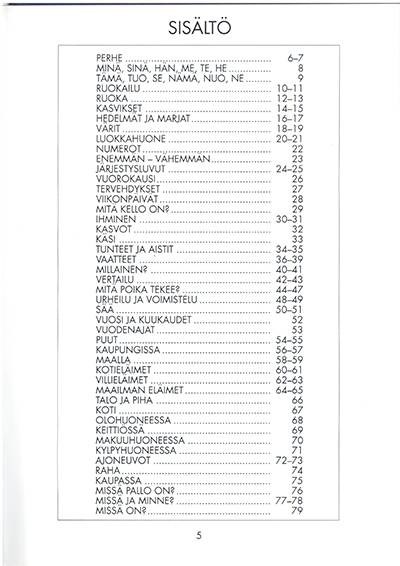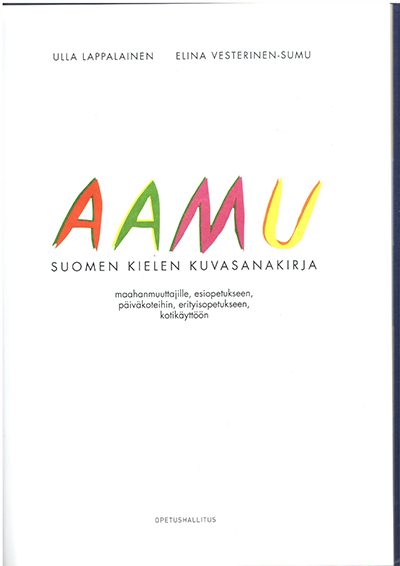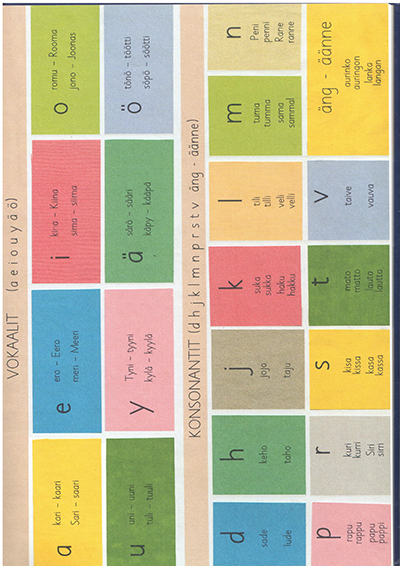| Sorted by date | |||
page169from Nordic Architects WritesArchitecture’s breakthrough in terms of knowledge
Architecture is not sufficiently well
equipped with knowledge instruments for it to accomplish the tasks that pile up
on it. Straightforward methods that hark back to a combination of
techno-cultural strategies and supplementation strategies do not genuinely
favour the opportunities architecture can offer. Returning to the design
synthesis used formerly does not succeed except in limited individual cases. Architecture
suffers from knowledge and procedural crises.
The
error has been particularly in the fact that there has been no pause to begin
thinking about and developing a knowledge tradition for architecture as a
whole. People have given in too easily to development optimism. In other word,
there has been too great a rush to identify current information on technical
practice with information about architecture. Too much trust has been placed in
information being superseded and previous experience being written off.
An
impenetrable wall has risen between the concepts of rationalist and humanist
architecture. Each side becomes obsessed with its own special view-points and
differences in phrases to such an extent that in Finland different schools
speak almost in different tongues. It is only in the very last few years that
we have begun once again in strive to reach a more universally applicable way
of understanding. It becomes clear that architecture cannot survive – retain
its importance – simply on the basis of collected information. We have to take
research into knowledge principles into account as well. Thus we will
presumably have to confess that a whole series of question of knowledge theory
that are characteristic of this field are part and parcel of architecture.
Knowledge
analysis is a matter of returning bit by bit to the problems that belonged to
the sphere of art and architecture in historical times.
The
description of content – what we are talking about is precisely the field of
contemporary architecture – must be carried out in a revealing manner, using
the most efficient concepts available. The demystification of the 1960s was a
complete condemnation of “the old”. The critical approach of the 1970s is
already constructive:
To
illuminate questions about the character and nature of architecture;
To
clarify important ideas about the whole, the parts and proportion;
To
examine impartially the importance of art and culture to the community;
To
develop a general theory of environment space in which the space occupied by
the building is linked with other spatial factors.
It is thus possible to show that
contemporary architecture is not yet ready in any way. It is only halfway
through its development
This
generation has to try and obtain a beer overall picture of the reserves of ways
and means that exist in architecture. This information is vital in trying to
street techno- culture building, which has no grown to worldwide proportions,
in a direction that is more favourable to people.
|
|||
|
|||
|
|
 ... ...
... ... ... ...
... ... ... ...
... ... ... ...
... ... ... ...
... ... ... ...
... ... ... ...
... ... ... ...
... ... ... ...
... ... ... ...
... ... ... ...
... ... ... ...
... ... ... ...
... ... ... ...
... ... ... ...
... ...